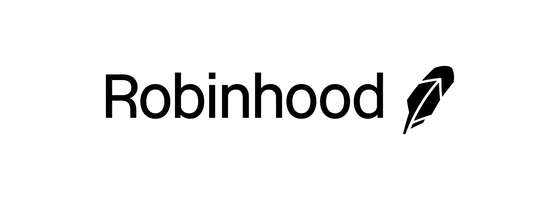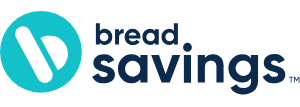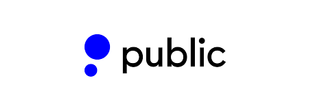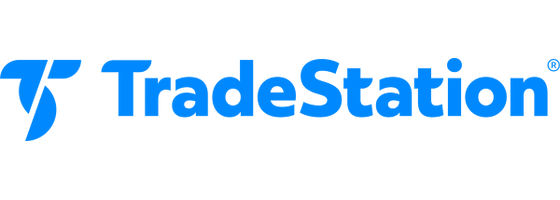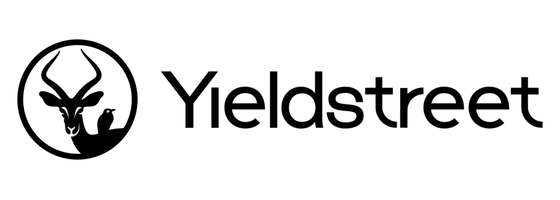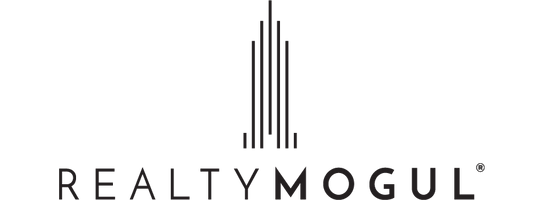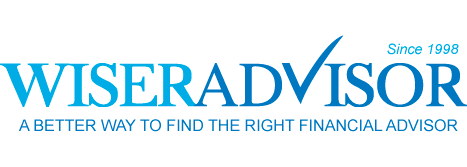10 Best Ways to Invest $50K

Our evaluations and opinions are not influenced by our advertising relationships, but we may earn a commission from our partners’ links. This content is created independently from TIME’s editorial staff. Learn more about it.
A $50,000 windfall from an inheritance, a hefty bonus, or winnings of some sort can be an excellent opportunity to start securing your financial future. Of course, not all investment options are equal. The best way to invest $50K depends on your time horizon, risk tolerance, and financial goals.
Before you decide where to invest your $50K, consider your current financial situation. For example, putting all of the money in the best CD account doesn't make sense if you have tens of thousands of dollars in double-digit high-interest debt. Likewise, risking $50K in the stock market isn't a good idea without an emergency fund to fall back on if you lose your job or have unexpected expenses.
Before you invest, use some or all of the $50K to pay off (or at least pay down) your high-interest debt and build an emergency fund equal to three to six months of living expenses. Then focus on investments that align with your financial goals and risk tolerance, whether you're looking for a low-risk way to build a nest egg or a higher-risk opportunity with greater potential rewards.
Here are 10 options to help you and your family use $50K to build wealth and financial stability over time.
Maxing out your individual retirement account (IRA) and 401(k) plan (or other employer-sponsored savings plan) can be an excellent way to put some of your $50K to work. However, both have annual contribution limits. For 2024 you can contribute a combined $7,000 to your IRA ($8,000 if you're 50 or older, thanks to the $1,000 catch-up contribution).
A 401(k) has a higher contribution limit than an IRA, and many have the added benefit of an employer match. For 2024 401(k) employee contributions are capped at $23,000, with a $69,000 limit on combined employee and employer contributions. You can make a $7,500 catch-up contribution in addition to the employee and employer limit.
A good strategy is to contribute enough to your 401(k) to get the full match (it's like getting free money) and then focus on maxing out your IRA contributions.
A health savings account (HSA) lets you set aside pretax money to pay for healthcare costs such as deductibles, copayments, and coinsurance. HSA contributions are tax-deductible, and money in the account can be invested in stocks, bonds, exchange-traded funds (ETFs), mutual funds, and more.
You can withdraw your contributions and earnings tax free at any time to pay for qualified medical expenses, and any funds you don't use carry over from year to year. If you have money in your HSA when you turn 65, you can spend it on anything, but it will be taxed as income if it's not a qualified medical expense.
To open and fund an HSA, you'll need an HSA-eligible health insurance plan. For 2024, the contribution limit is $4,150 for self-only coverage and $8,300 for family coverage. If you're 55 or older, you can contribute an extra $1,000 as a catch-up contribution.
Using part of your $50K to fund a 529 college savings plan can be a smart way to save for a child's education. The money grows tax-deferred, and qualified distributions are tax-free. While contributions aren't deductible at the federal level, more than 30 states and the District of Columbia offer a 529 tax deduction or credit. You can use 529 funds to pay for qualified education expenses, including college tuition, fees, books, computers, and room and board—plus up to $10,000 in yearly tuition expenses at private K-12 schools.
If you have leftover 529 money, you can transfer it to another beneficiary, pay down up to $10,000 in student loans, roll it over into a Roth IRA, or withdraw it for a nonqualified expense. However, these options may have limitations or tax consequences, so check with a financial professional before making any moves.
The best high-yield savings accounts and certificates of deposit (CDs) are earning more than 5% APY as of March 2024, making them an excellent way to protect your principal while achieving a moderate return. CDs let you lock in an interest rate for a specific period, typically three to 60 months. You'll pay an early withdrawal penalty if you need your cash sooner, so CDs are best for money you won't need immediately.
High-yield savings accounts pay nearly as much as CDs, and you can withdraw your cash anytime without penalty. However, remember that savings account interest rates fluctuate, so the APY isn't guaranteed for any length of time as it is with a CD.
Treasury bills, notes, and bonds are low-risk securities issued by the U.S. government. Treasury bills (T-bills) mature in less than one year and pay interest at maturity. Treasury notes have mid-range maturities (two, three, five, seven, or 10 years) and pay interest every six months. Treasury bonds also pay interest every six months but have long-term maturities of 20 or 30 years.
Another option is to put some of your $50K in a Series I savings bond (purchases are capped annually at $10,000 per taxpayer). "I bonds," as they're commonly called, are designed to protect against inflation, with an interest rate that's part fixed rate and part based on inflation. The fixed rate never changes, but the inflation rate resets every six months. I bonds earn interest for 30 years, but you can redeem them anytime after 12 months. However, you'll lose three months of interest if you cash in the bond within five years.
Treasury products are attractive if you're looking for a low-risk place to park your money. You can buy Treasurys through the TreasuryDirect government website or your brokerage, retirement, or bank account.
1.25% crypto fee.
$100 treasury bills.
Index funds bundle baskets of individual securities into a single investment that tracks the performance of a specific market index. The most popular index funds track the S&P 500, but other indexes include the Russell 2000, Dow Jones Industrial Average (DJIA), and Nasdaq 100. Instead of hand-selecting the investments the fund holds, the fund's manager buys all (or a sample) of the securities in the underlying index.
Index funds tend to offer low costs, broad diversification, and attractive returns. Historically, they have outperformed actively managed mutual funds in the short and long term, making them a good option for investors interested in a simple, low-cost market investment.
One of the easier ways to start investing is with a robo-advisor. A robo-advisor uses an algorithm to build a diversified portfolio based on your goals, risk tolerance, and time horizon. It may be especially helpful if you want to invest in the stock market but don't have the time, interest, or expertise to choose and manage your investments. Many robo-advisors offer enhanced features, such as automatic rebalancing and tax-loss harvesting, and some offer access to human advisors.
You'll need a brokerage account to buy and sell stocks, bonds, options, mutual funds, ETFs, cryptocurrencies, commodities, futures, and other securities. Many brokers, such as J.P. Morgan Self-Directed Investing, offer low commissions and fees, educational content, research tools, and easy-to-use apps to help beginners get started.
Other brokers, such as TradeStation, have robust trading platforms with advanced charting, technical indicators, multiple order-entry interfaces, and tools for building, testing, and trading your own strategy. It's helpful to compare the best online brokers and trading platforms to find one that best meets your needs.
$0 stock & ETF trades.
$0.60/contract options trades.
$1.50/contract futures trades.
$14.95 mutual fund trades.
Alternative investments are assets outside the traditional stock, bond, and cash lineup. While alternatives can be more complex and riskier than their conventional counterparts, they offer a potentially lucrative way to diversify your investment portfolio. Examples of alternatives include precious metals, cryptocurrencies, real estate, and collectibles.
Yieldstreet offers access to a wide range of private equity investments as well as a variety of other types of alternative investments.
Fine art is also an alternative investment, and you don't need to buy and manage your own collection to get started. Platforms such as Masterworks allow you to invest in fractional shares of fine artworks from in-demand artists, such as Picasso and Banksy. The platform buys, securitizes, stores, and eventually sells the artwork, sharing its after-fee profits with investors.
Depending on the real estate market, a $50K down payment could be enough to buy a rental property. A good rental property can generate a steady income stream, and the property's value may appreciate over time. Of course, rental property owners can also take advantage of numerous tax benefits, making owning the property more affordable.
For example, you can generally deduct mortgage interest, property taxes, insurance, operating expenses, repairs, depreciation, and other expenses. Choosing the right property is paramount, so do your homework and crunch the numbers before making any decisions.
Realty Mogul is a platform that offers access to REITs and other types of real estate investments.
Investing can be daunting, especially if you lack the time, experience, or confidence to research your options and make sound decisions. A financial advisor can remove some of the guesswork by creating a financial plan based on your goals, whether that's saving $1 million for retirement or helping your kids graduate from college debt-free.
Financial advisors charge for their services, often as a flat fee or a percentage of your balance. Regardless of the compensation method, it’s essential that the services a financial advisor provides justify the costs. For example, if your advisor helps you earn a 14% return in your portfolio, a 1% fee could be worth the investment. Make sure to evaluate different financial advisors to make the wise choice. Also, services such as WiserAdvisor can help you find and compare top financial advisors matched to your specific needs.
Find the right financial advisor with WiserAdvisor
Find the right financial advisor with WiserAdvisor
If you suddenly find yourself with $50,000 to invest, congratulations! A chunk of change of that size can jumpstart the achievement of a variety of goals. To do it wisely, first, take careful stock of your financial situation. Retire high-interest debt and build an emergency fund before anything else, then set your investment priorities based on your needs, time available, and risk tolerance.
The information presented here is created independently from the TIME editorial staff. To learn more, see our About page.

